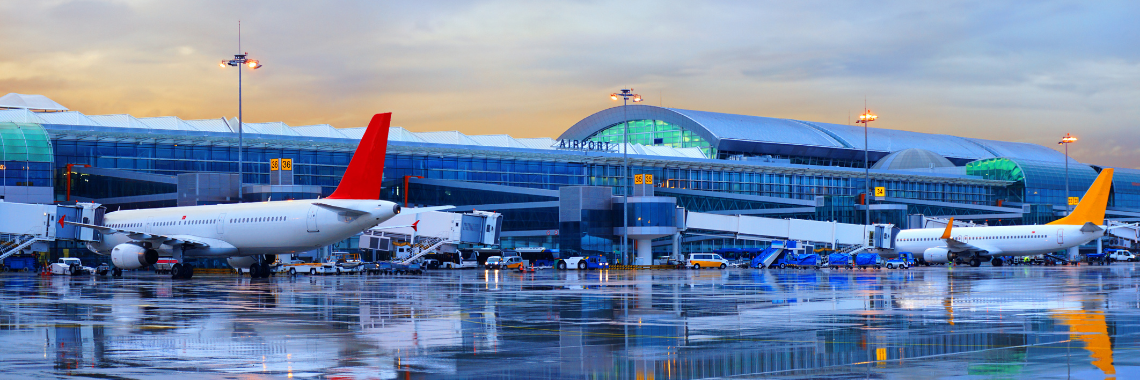
Revenue Generation Hacks for Airports During COVID
By Muhammad Humam 28th January, 2021
It has become clear that the COVID-19 crisis has spelled disaster for the aviation industry, particularly in terms of revenue. Nearly 90% of airport revenues are derived from passengers as reported by Liz Morrell of Passenger Terminal World. With passenger travel down to less than half of pre-COVID levels, it has become ever-important for airports to consider revenue generation techniques that do not rely solely on passenger travel.
In the words of Max Hirsh of Airport City Academy (as quoted in Passenger Terminal World, “to remain competitive, airports will re-evaluate their comercial revenue strategy.” Richard Gammon of AECOM also alludes to the importance of airports thinking outside the box when it comes to revenue generation during these tough times. Rian Burger of Stantec suggests that airports need to begin to think of themselves as “connection facilitators”, i.e., hubs that mediate and facilitate the interconnection of humans, places and ideas rather than simple ports for transportation.
Pieter van der Hors of Netherlands Airport Consultants, as quoted by Airport Industry Review, points out the role that the smart use of real estate can play towards helping airports cope with falling passenger revenues. He stresses that since renting out unused real estate provides a steady stream of income to airports (separate from their standard business model), it can provide a “cushioning effect” during these trying times. Much like airlines rely on belly cargo to supplement their revenues from passenger travel, he suggests that airports, too, can increase their revenues by focusing on activities that relate to cargo shipment. One suggestion he puts forth is for airports to build an entire dedicated ecosystem for all stakeholders in the cargo transport process, making the port a hub for all cargo-related activities while solving logistical problems faced by cargo stakeholders.
With the shift of consumers to digital, it can be expected the airports will register a decline in in-store revenues even after COVID-19 since passengers will habitually be used to shopping online, as discussed by Kian Gould of AOR in Passenger Terminal World. To counter this, airports need to up their online game and provide facilities for in-airport shopping, entertainment and eating to be purchased/viewed online. This way, passengers can plan their airport stay in advance and simply enjoy their ‘destination’ (i.e. the airport) once they arrive. Kian believes that the recovery of revenues has to find its roots in such a digital transformation whereby passengers can be engaged all along the passenger journey.
Implementing a digital transformation effectively will require massive amounts of data collection and analysis since airports need to be aware of the role of different stakeholders within the digital process and how consumers/passengers interact with such a process. Hence, it becomes increasingly important for data sharing, data analysis and automated prediction platforms to be in place, facilitating these processes for airports. EMMA is one such platform, facilitating revenue recovery for airports by helping them analyze information about the workings of different stakeholders, predicting upcoming needs and optimizing the use of airport resources. Doing so, EMMA helps airports improve turnaround times, reduce ground delays and decrease taxiway congestion while also helping them meet their sustainability targets (through less fuel burn). If there is one thing that COVID-19 has made clear, it is that digital platforms, such as EMMA, are the key for airports to survive this pandemic and operate profitably in the future.